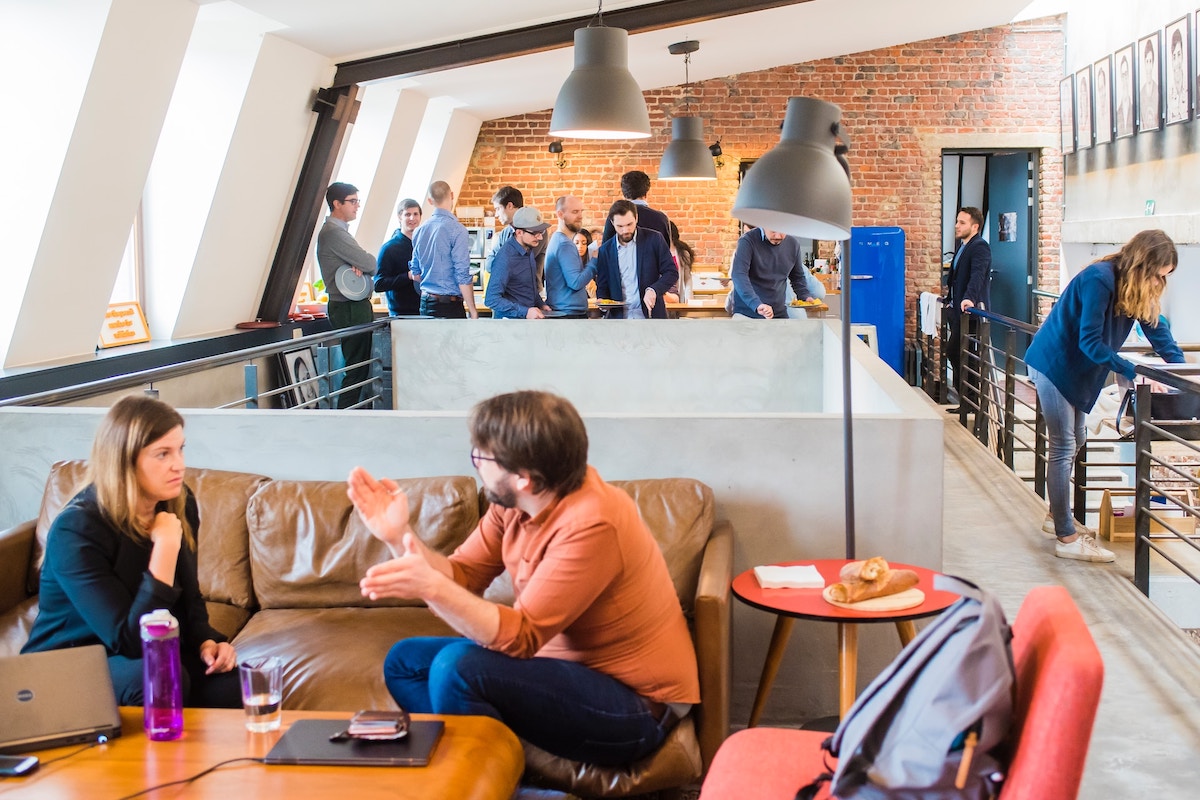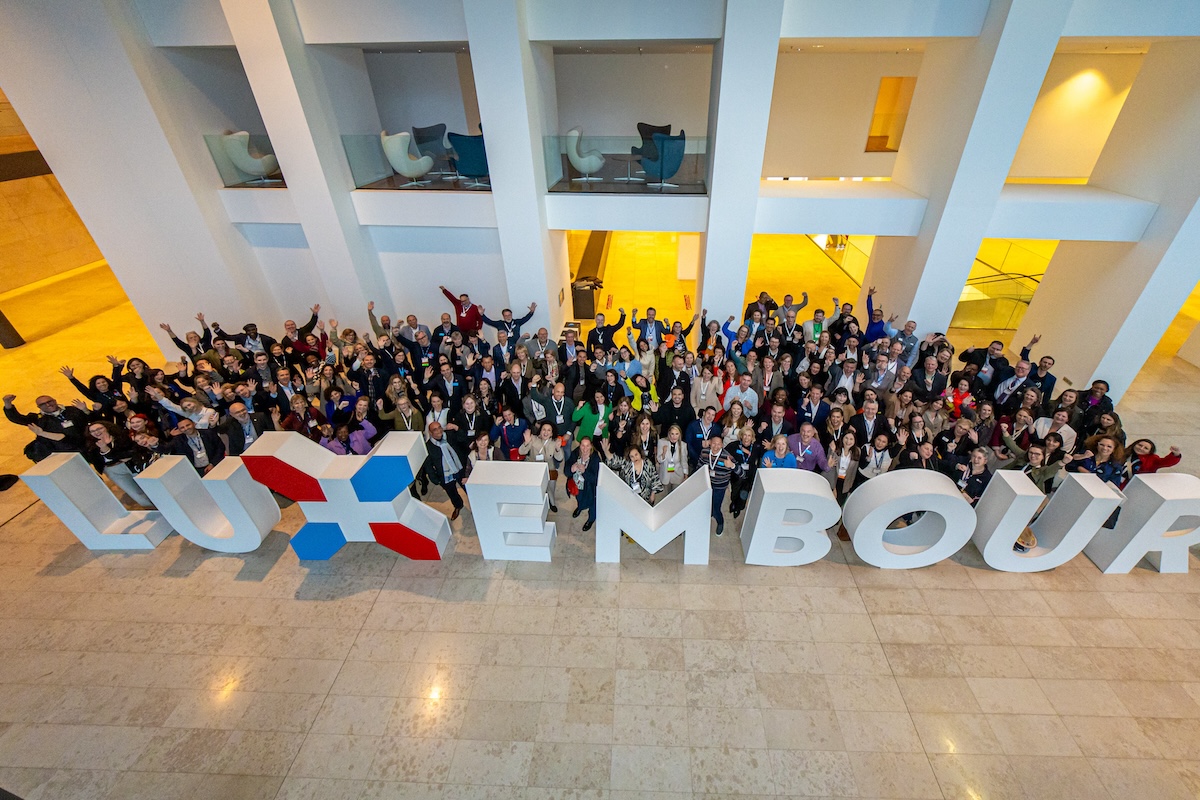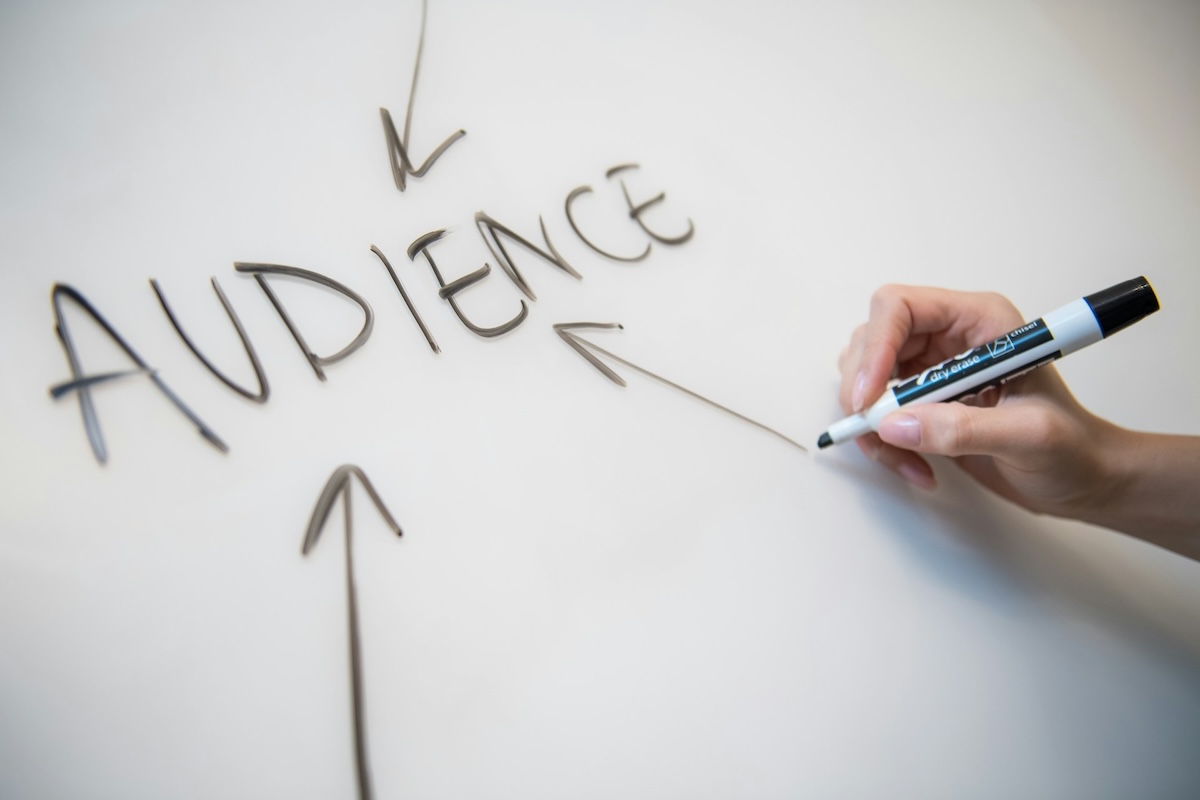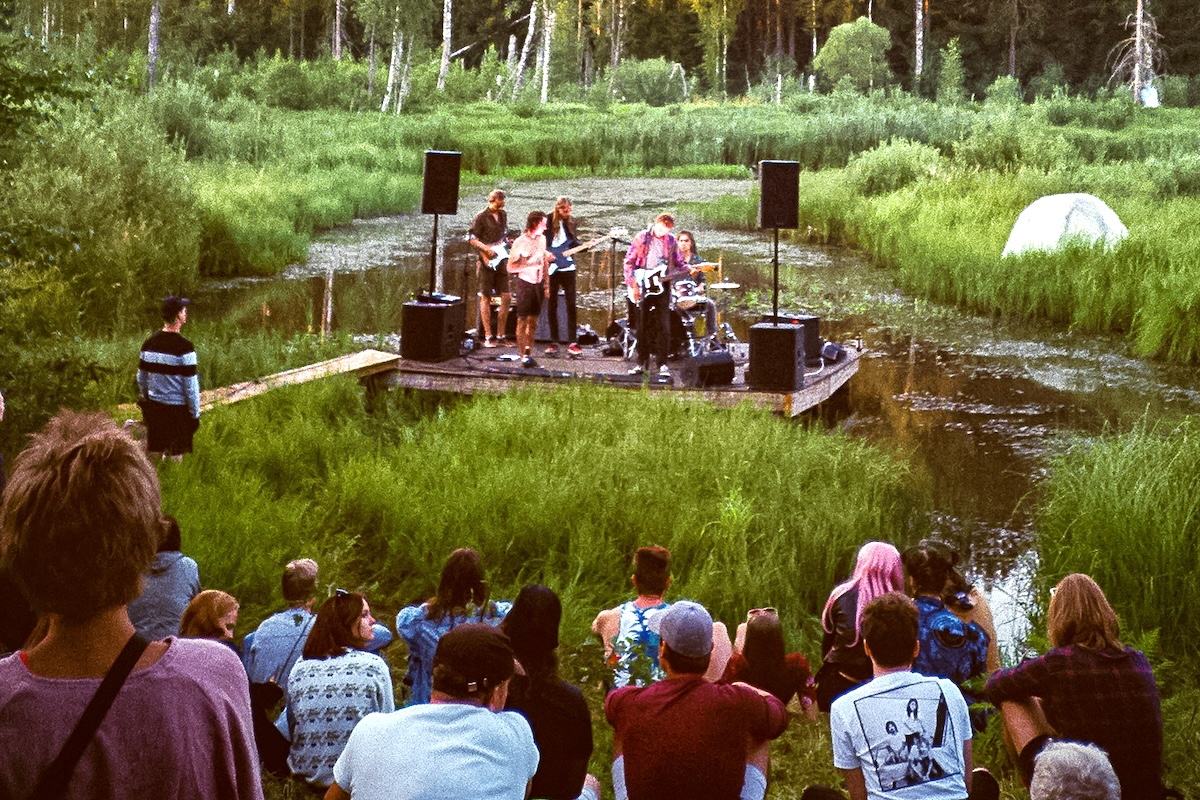Skift Take
The results are in. Keep keynotes short and dedicate more time to face-to-face interaction. Expert meeting designers lead the call for rethinking conference agendas.
Two experienced meeting designers set out on a mission to map out the state of meeting design after the Covid pandemic. They used a series of book launch events as a means to explore key meeting design questions. They captured varied input on what makes in-person meetings unique and how time should be allocated at conferences. The results suggest that more interaction is needed, and planners should rethink the types of sessions that make up conference agendas.
“I think the outcome is pretty drastic. Our people want a substantial shift in face-to-face meeting programs. From one-directional presentations to group work and relationship building. Not exactly what many meeting owners and CEOs have in mind,” said de Eric de Groot, managing partner and meeting designer at Mindmeeting.
De Groot is the co-author of “Meetings, by Default or by Design” and a recent guest on the Skift Meetings Podcast. Together with Mike van der Vijver, they connected with 299 meeting planners and decision-makers who joined their hybrid book launch and meeting design research sessions worldwide.
What Makes In-Person Meetings Unique
They collected insights on what makes in-person meetings unique. What they found was that what unique means is different for everyone. Still, there are common traits. Human proximity, depth of interaction, and non-verbal communication were common ways of describing the uniqueness. Reassuringly, participants see a clear connection between these traits and relationship-building, a high-quality dialog, and emotional involvement.
However, in practice, while planners may acknowledge the uniqueness of in-person meetings, they don’t allocate enough time to reap their benefits. Keynotes don’t really take advantage of human proximity, interaction, and non-verbal communication.
De Groot and van der Vijver have been turning attendees into participants for over 30 years. They design intentional interaction into the meeting experience, but unfortunately, this is not common for corporate events.
“Just yesterday, Mike did a session at a corporate event in Rome. The CEO spoke for 2 hours uninterrupted. I did a session in Munich in which 250 managers were sitting and listening to presentations for more than 3.5 hours. Obviously not our integral design, we only designed the sessions,” said de Groot.
The Ideal Conference Agenda
In an effort to deconstruct the ideal meeting design, de Groot and van de Vijver asked participants to consider how much time is typically allocated versus how much time should be allocated to six types of meeting activities for an 8-hour conference day. These were the results:
| Activity type | Current duration | Ideal duration | % change |
|---|---|---|---|
| One-directional presentations | 2h 11 m | 1h 05m | -50% |
| Exchanges | 1h 32m | 1h 54m | +25% |
| Group work | 1h 11m | 1h 52m | +58% |
| Relationship-building | 1h 28m | 1h 53m | +28% |
| Logistics | 56m | 40m | -28% |
| Unprogrammed activities | 47m | 40m | -14% |
The ideal conference agenda looks a little different than today. We should go from two hours dedicated to one-directional presentations, including keynotes, to around one hour. Conversely, we should dedicate almost six hours a day to exchanges, group work, and relationship-building activities which only take up around four hours today.
Recommendations
To help make these changes, Mindmeeting recommends sharing information remotely to capitalize on interaction while on site. They also push for skilled facilitators to lead group work and guide participants to build relationships. Lastly, they recommend turning any logistics into opportunities for networking.
De Groot is keen to share the results in the hope that more organizations design their meetings to be more engaging. “Let’s make the meeting owners read this!” said de Groot.
Mindmeeting will continue its series of book launch events and will add to this data set as they go along.
Read the full report here.
Photo credit: Proxyclick Visitor Management System / Unsplash





